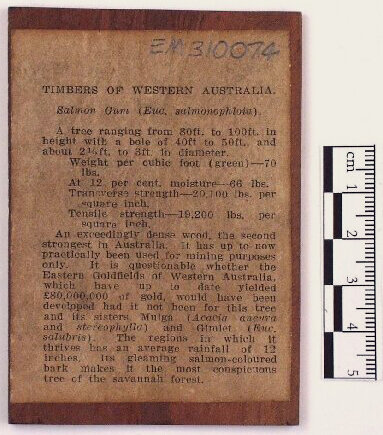What it is to take
With the arrival of newcomers in 1788 the country was changed forever. Ancient trees were cleared to make way for British methods of farming; land was excavated for mining without permissions; and the natural resources extracted and exported far away. The Traditional Owners were forced away from country they had managed and which had sustained them for millennia. Children were forcibly taken from their families, people were restricted by laws imposed by successive governments, and many people were killed by disease or gunshot.
Accompanying Cook was gentleman botanist Joseph Banks. He and his staff collected many samples and made observations of the flora, fauna and geography of Australia which informed the decision to establish a colony here.
Admiralty instructions to Lieutenant Cook:
. . . You
are also carefully to observe the Nature of the Soil, and the Products thereof; the Beasts and Fowls that inhabit or frequent it, the Fishes that are to be found in the Rivers or upon the Coast and in what Plenty and in Case you find any Mines, Minerals, or valuable Stones you are to bring home Specimens of each, as also such Specimens of the Seeds of the Trees, Fruits and Grains as you may be able to collect, and Transmit them to our Secretary that We may cause proper Examination and Experiments to be made of them. You are likewise to observe the Genius, Temper, Disposition and Number of the Natives, if there be any and endeavor by all proper means to cultivate a Friendship and Alliance with them, making them presents of such Trifles as they may Value inviting them to Trafick, and Shewing them every kind of Civility and Regard; taking Care however not to suffer yourself to be surprised by them, but to be always upon your guard against Accidents.
Eucalyptus in background with Xanthorrhoea (grass trees) in foreground. Known as Balga in Noongar language of Western Australia, and Yucca in Kaurna language of South Australia.
Image kindly loaned by Manchester Museum.
J. C. Earle, a chemist from the Department of Chemistry for South Australia (1917):
concludes that X. tatena will yield about 371b. of resin per 10 sq. ft of trunk. He gives figures showing that in 1911 461 tons, valued at £1,880, in 1912 825 tons, valued at £3,863, and in 1913 1,082 tons, valued at £5,052, were exported from the Commonwealth, the larger portion being from South Australia. […] Previous to the war by far the larger part of the output was consumed by Germany, but the purposes for which it was used are not definitely known
Balga, Xanthorrhoea preissii
Resin from xanthorrehoea was used as an adhesive and sealant by local people and traded across groups. Europeans used it similarly and as well as in the manufacture of varnish (Byron Bay varnish factory used local red grass tree resin 1899).
Between 1928 and 1929 the value of grass tree resin exported from Australia was valued at £25,000, and the production of red resin in South Australia alone was 2,848 tons.
““In Indigenous philosophies, all elements of the natural world are animated. Every rock, mountain, river, plant and animal all are sentient, having individual personalities and a life force. Trees are also one-stop-shops for all our needs, and sustain us with their generosity. The hard bark creates our houses, soft paperbark wraps our babies, stringy bark twists into fishing lines and cords, water carriers are carved from knots, leaves and fruits are our food and medicine, and roots and branches become tools that make our lives easy. Trees provide us with inspiration for our art and give us the aesthetic of the landscape. When the invading British, as one of their first acts on our Country, cut them down, we wept and cried with the trees, sharing their pain and shielding them with our bodies. When we destroy trees, we destroy ourselves. We cannot survive in a treeless world.”
Professor Jakelin Troy (Guardian, 10 April, 2019)
Timbers of Western Australia Salmon Gum, Eucalyptus salmonophloia. Kindly loaned by Manchester Museum.
Salmon Gum, Eucalyptus salmonophloia
It is questionable whether the Eastern Goldfields of Western Australia which have up to date yielded £80,000,000 of gold, would have been developed had it not been for this tree and its sisters mulga (acacia aneura and stereophylla) and Gimlet (Euc. salubris).
Timbers of Western Australia. Kindly loaned by Manchester Museum.
Illustration of Eucalyptus resinifera. Kindly loaned by the Manchester Museum.
Iron-bark tree, Eucalyptus resinfera
...used extensively in ship-building and engineering works in Australia, and in this country it is employed in the mercantile navy for beams, keelsons, and in many ways in the construction of ships…
Timber and timber trees, native and foreign, Thomas Laslett, 1875. The Portico Library collection




